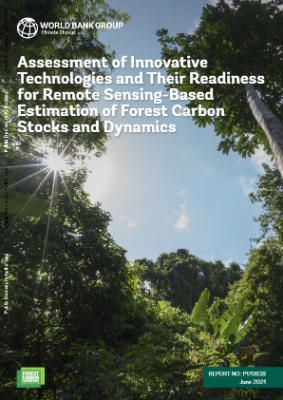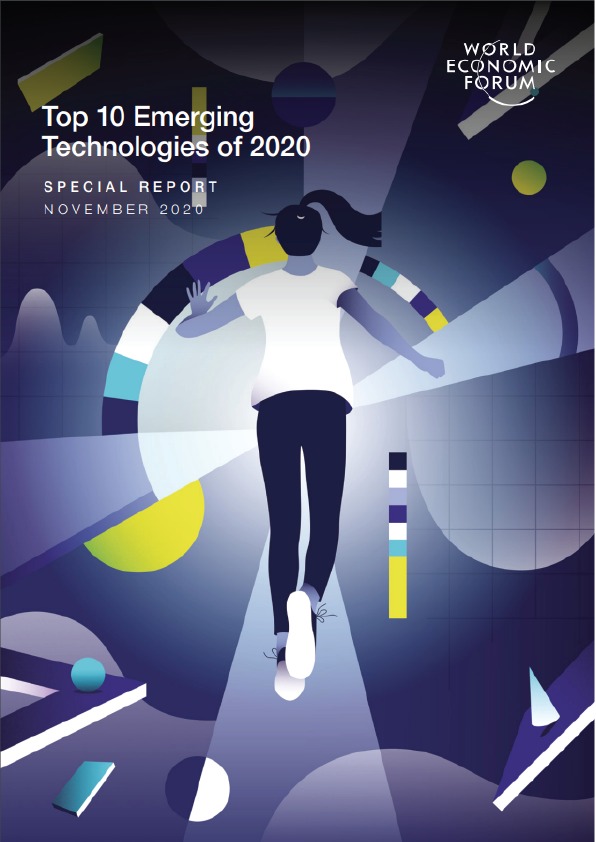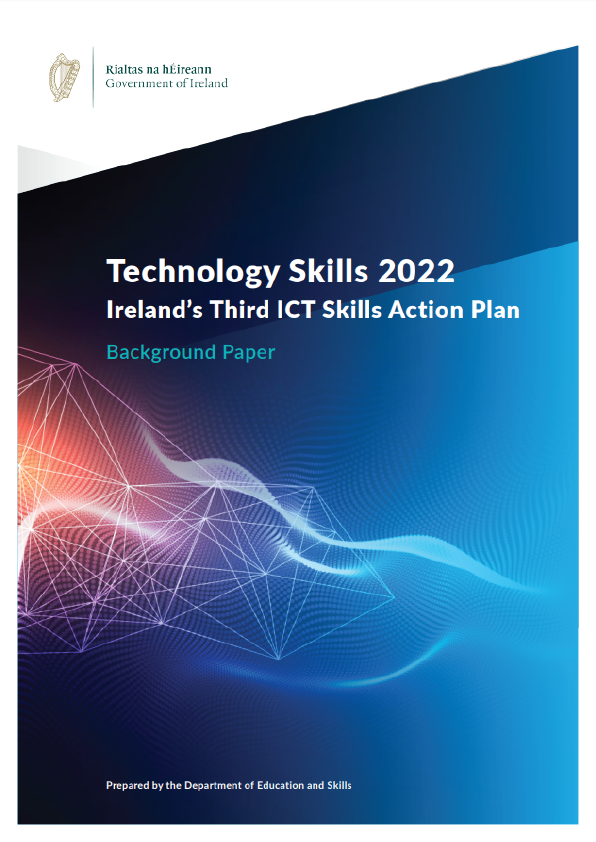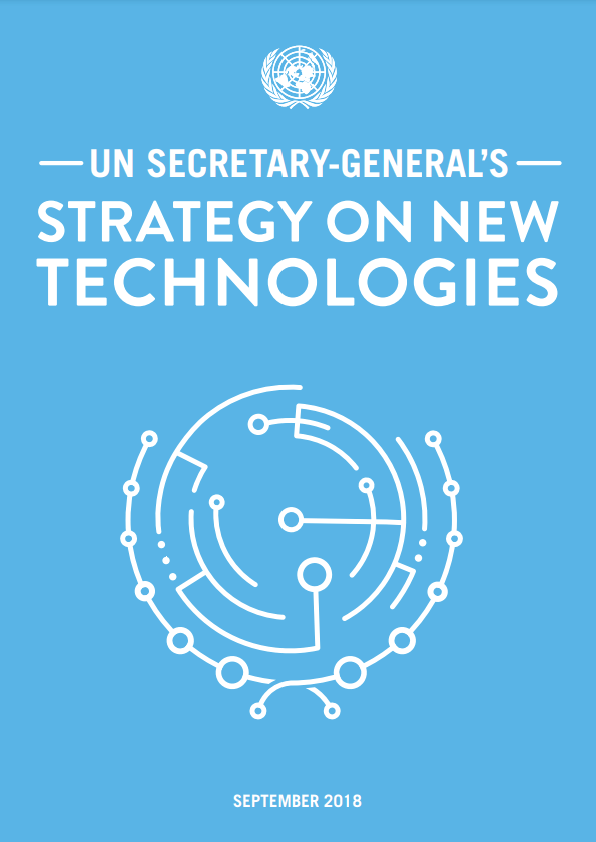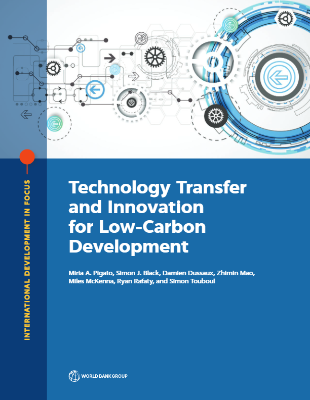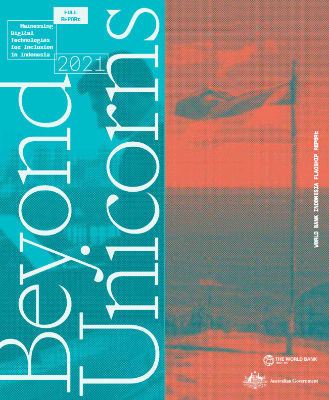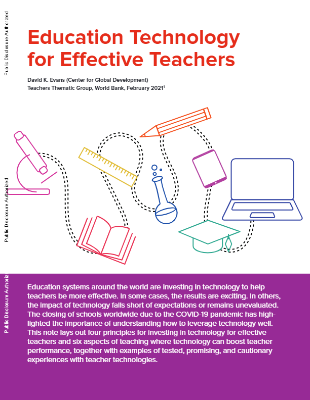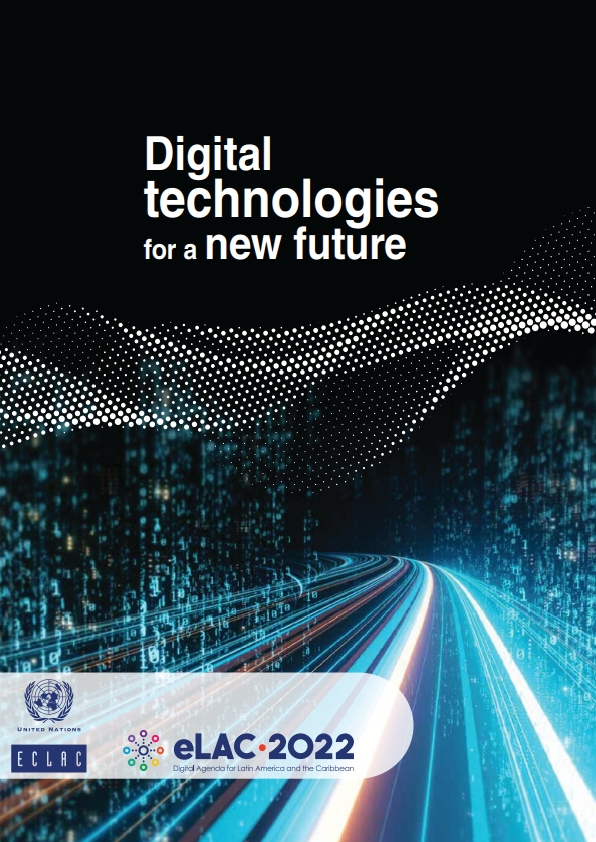Forest-related greenhouse gas (GHG) emissions, emission reductions, and enhanced removals (carbon sequestration) are estimated by measurement, reporting, and verification (MRV) systems, usually based on a combination of remote sensing data, field or in situ measurements, and modeling approaches. Operationalizing the MRV process, is lengthy, however, often taking years even in countries with currently high capacities for such a task, and once it is operational, it relies on a complex, nonstandardized, uncertain, and lengthy process of integrating remote sensing and in situ measurements. This negatively affects the ability to address the drivers of these emissions, and at the same time apply and access climate finance in a timely manner.
Under the United Nations Framework Convention on Climate Change (UNFCCC), the lack of consistency limits the comparability between countries and makes the reconciliation of national reports and global estimates that are needed for the 2023 Global Stocktake under the Paris Agreements difficult. Moreover, the ongoing costs of MRV systems can be high, while the accuracy of the estimates is often low, and thus not able to unlock the full potential of climate finance. Traditionally, MRV processes have been based on land use and land cover change (LULCC) approaches, which are heavily reliant on satellite optical imagery. New developments in technology are improving our capabilities for mapping carbon (C) stocks, and C-stock change with improved accuracy. In particular, biomass, which can be obtained through in situ measurements, remote sensing, and models, is an essential climate variable (ECV) that provides a direct measurement of C changes and impacts on other ECV, such as land cover. Upcoming satellites and the ever-falling costs of airborne data (especially from drones) will result in unprecedented availability of data to support biomass estimation. The combination of innovative approaches and increased availability of data is expected to overcome several major challenges to estimating C stocks by:
- Enabling the monitoring of C stocks with increased frequency (<1 year frequency, compared to the current lower frequency of the reporting cycle);
- Standardizing C-stock estimation so that data from different sources are compatible and can be easily integrated, and uncertainties can be quantified; and
- Decreasing the time needed to generate estimates, because MRV systems can become operational in months, not years, and there is a much smaller time lag between the end of a monitoring period, and the availability of data.
In this context, the World Bank launched a study to assess the readiness of various innovative technologies— including remote sensing (RS), geostatistics (GS), artificial intelligence (AI), and cloud computing (CC)— to identify how these can be combined and leveraged to foster a next-generation MRV, which would help to unlock climate finance and enable governments and stakeholders to monitor the implementation of environmental policies and assess the status of the world’s forests.
The study began with a review of the current and potential innovative technologies in order to gain a comprehensive understanding of the readiness of these technologies, and the challenges to rolling out their implementation. Following the review of the technologies, the World Bank hosted a virtual two-day international workshop of experts with the objective of deepening the overall understanding of existing gaps through discussions of the methodological issues and limits, as well as the disruptive technologies and data management tools that could contribute to overcoming these obstacles. During the workshop, specific sessions also covered the policy and institutional barriers that will need to be addressed in order to deploy these technologies and offer solutions on how to disrupt the MRV process.
As a result, a set of the main technological challenges, and recommendations for overcoming them, were identified. The technological challenges can be grouped into four areas: data availability and access; processing and computational performance; uncertainty management; and standardization and protocols.
